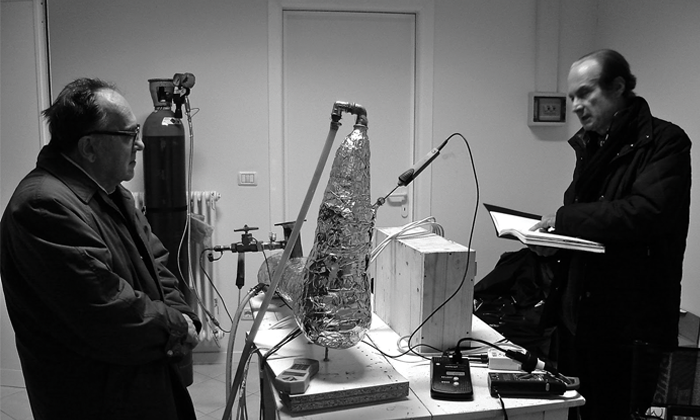In 1989, Pons and Fleischman, then two of the world’s leading electro-chemists, demonstrated a working electrolytic reaction that speciously violated the second law of thermodynamics: producing more heat energy than was put into the system. The experiment attracted worldwide attention as hopes of a cheap energy source were raised. But the duo’s explanation, that the ‘anomalous’ heat could be explained by ‘cold fusion’—nuclei fusing at room temperature—sparked controversy, violating known laws of physics that dictate such reactions happen only inside of stars. When attempts to replicate their method repeatedly failed, skeptics unsheathed their talons. The duo, accused of ‘knowledgeable fraud’ fell into ignominy and cold fusion was relegated to pseudoscience.
But it thrived in the wings, as independent researchers continued the efforts without official stamps of approval. And occasional reports of excess heat continued to crop up at science conferences without creating ripples. Gradually, cold-fusion was renamed Low Energy Nuclear Reactions (LENR), a fancy term enveloping quantum processes, scientists didn’t comprehend.
In January 2011, Andrea Rossi, an Italian inventor and entrepreneur, demonstrated the first working LENR device at a demonstration for investors. An excerpt from that report: “the system started up and we had 1 kW of input and then we reduced the input to just 400 W. The output energy was constant at about 12 kW.” Thirty times the input energy.
Rossi has since held demonstrations for scientists, even visited the Massachusetts State House to explore production prospects, and his efforts are finally garnering mainstream attention. This October, Steve Featherstone published a neat, comprehensive article on popsci.com which this writer highly recommends.
While Featherstone kowtows to the party line(skeptics and debunkers), labeling Rossi as “a convicted scam artist” with “no real credentials”, he does acknowledge that some of the experimental data speaks for itself, and the ‘black box’ could well be the answer to our energy needs if it does what it alleges to. Rossi tightly controls the demonstrations, according to Featherstone, not allowing measurements of radiation emanating from his device at work, “because he doesn’t always know whether he’s going to pull a rabbit out of his hat or a cobra.” Essentially portraying Rossi as a crank who may have stumbled upon something significant, but does not fully understand it.
I believe Rossi does not want the fate of Pons-Fleischmann to befall him. (They were disregarded in their inability to show nuclear byproducts for their experiment.) He does not want to stir up skeptic hornets more than already. The inventor has also been somewhat tight lipped regarding his procedure till an official patent pulls through. He withheld the catalyst used, and in a programme for West Coast Truth claimed, “…we do not use hydrogen gas, we have invented a patent, a molecule that is better and has the property to attract big amounts of hydrogen in solid form.”
Rossi’s formal degree was in philosophy, which is used to discredit him. But this philosophy major also started Petrol Dragon, where he produced 20 tonnes of oil per day, from organic waste, before being “put in prison for 4 years for crimes that I have not committed.” (Wikipedia says six months.)”They assassinated my character making actions that made me go on newspapers for crimes that I never committed, never made. In the end I have been cleared.” The accuser which bankrupted Petrol Dragon incidentally, was Gomorrah, a company infamous for dumping toxins into the Mediterranean.
Furthermore, the scientific priesthood looks for credible ‘references’ and peer-reviewed journal validations. It does not take kindly to overturning established precepts, ‘tried and tested’ by its esteemed predecessors. It does not validate “garbage research men”. Perhaps the priesthood needs to be reminded that Einstein’s 1905 paper on special relativity had no references. That Faraday had no formal mathematical training. Nor did Tesla.
Whatever the priesthood might say, Rossi draws faith from Einstein and the phenomenology of Husserl, the latter according to him “… teaches you never to accept the way it is commonly to be, but you have to start from the beginning assuming everything is wrong and you have to rebuild everything.”














